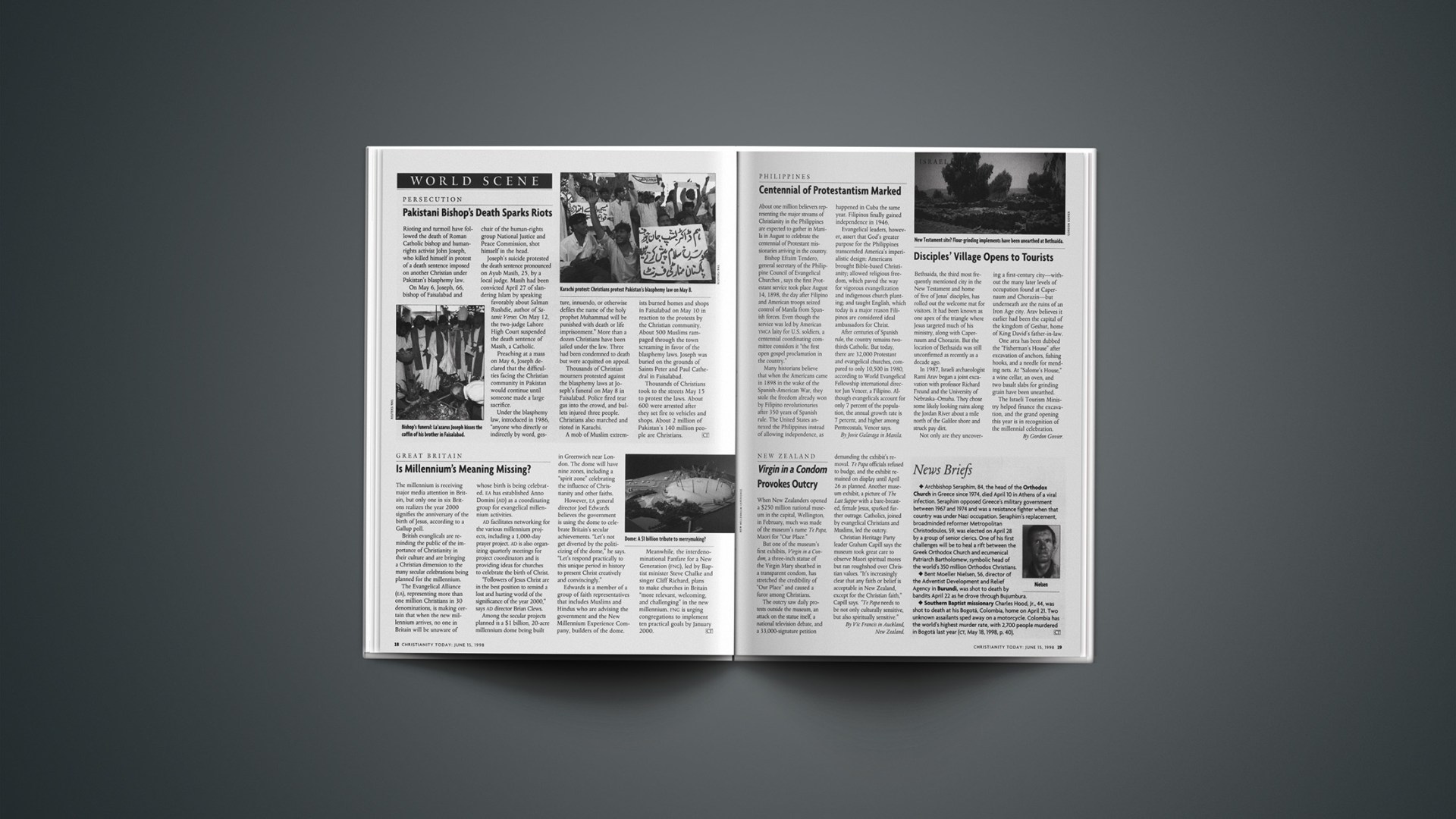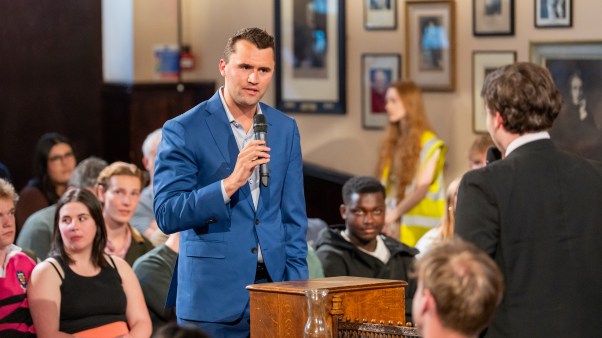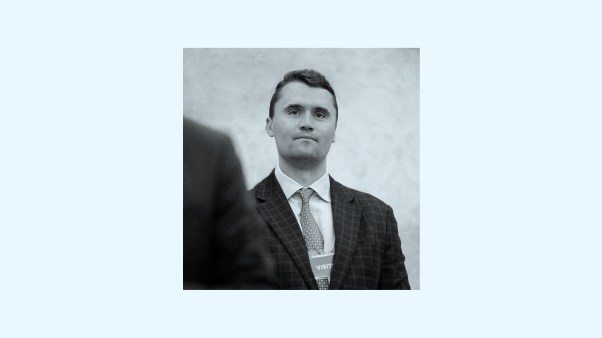Bethsaida, the third most frequently mentioned city in the New Testament and home of five of Jesus’ disciples, has rolled out the welcome mat for visitors. It had been known as one apex of the triangle where Jesus targeted much of his ministry, along with Capernaum and Chorazin. But the location of Bethsaida was still unconfirmed as recently as a decade ago.
In 1987, Israeli archaeologist Rami Arav began a joint excavation with professor Richard Freund and the University of Nebraska-Omaha. They chose some likely looking ruins along the Jordan River about a mile north of the Galilee shore and struck pay dirt.
Not only are they uncovering a first-century city—without the many later levels of occupation found at Capernaum and Chorazin—but underneath are the ruins of an Iron Age city. Arav believes it earlier had been the capital of the kingdom of Geshur, home of King David’s father-in-law.
One area has been dubbed the “Fisherman’s House” after excavation of anchors, fishing hooks, and a needle for mending nets. At “Salome’s House,” a wine cellar, an oven, and two basalt slabs for grinding grain have been unearthed.
The Israeli Tourism Ministry helped finance the excavation, and the grand opening this year is in recognition of the millennial celebration.
Copyright © 1998 Christianity Today. Click for reprint information.










